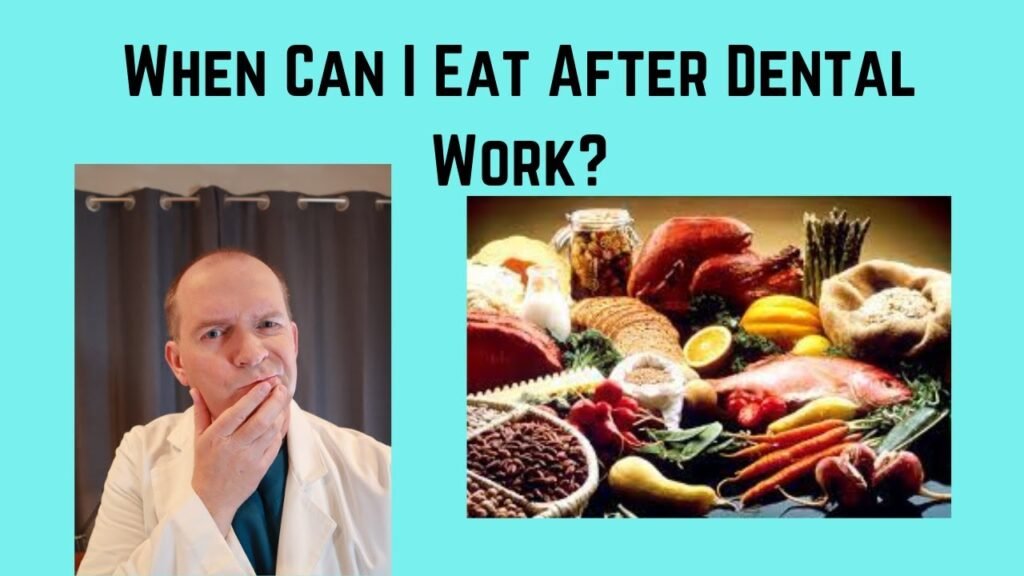When to Resume Normal Eating After Tooth Extraction

Are you wondering when you can resume eating normally after a tooth extraction? This common question often arises after undergoing dental surgery. In this article, we will provide you with the necessary information and guidelines on when it is safe to start eating regular foods again post tooth extraction. Read on to discover the answer and ensure a smooth recovery process.
How quickly can I consume solid food following a tooth extraction?
After a tooth extraction, it's important to prioritize your healing by sticking to a diet of cool or lukewarm soft foods. This includes options like soups, broths, yogurt, pudding, mashed potatoes, and smoothies. These foods will be gentle on your mouth and help prevent any irritation or discomfort.
As you progress through days 2 to 7 post-extraction, you can begin to slowly introduce slightly more solid foods into your diet. However, it's crucial that these foods do not require any chewing or biting. By being mindful of what you eat during this period, you can support the healing process and avoid any unnecessary complications.
By following these guidelines and gradually transitioning to more solid foods, you can ensure a smooth recovery after a tooth extraction. Remember to prioritize your comfort and healing by choosing soft, easy-to-eat options that will not disrupt the healing process. Your patience and care during this time will pay off in the long run.
When is it safe to stop worrying about dry socket?
You can stop worrying about dry socket once you've passed the three-day mark after your tooth extraction. The risk of developing dry socket is highest within the first three days post-extraction. By day five, if you haven't experienced any symptoms of dry socket, you can breathe a sigh of relief as you're likely no longer at risk.
When is it safe to eat meat after a tooth extraction?
After getting a tooth extraction, it is recommended to wait at least 24 hours before consuming meat. Once the initial healing period has passed, you can slowly introduce semi-soft foods like chicken and beef back into your diet. However, if you experience tenderness or sensitivity in your mouth, it is best to continue with soft foods for a bit longer to avoid any discomfort.
Remember to listen to your body and pay attention to how your mouth feels when reintroducing meat after a tooth extraction. It is important to prioritize your comfort and healing process by gradually incorporating semi-soft foods like chicken and beef back into your diet. If you experience any pain or discomfort, it may be best to stick to softer foods until your mouth has fully healed.
Post-Extraction Recovery: A Guide to Gradual Food Reintroduction
Are you looking for a smooth and successful post-extraction recovery? Look no further! Our guide to gradual food reintroduction will help you navigate the process with ease. After a tooth extraction, it's crucial to give your mouth time to heal before reintroducing solid foods. Start with soft and easily digestible options like yogurt, mashed potatoes, and smoothies, then gradually work your way up to more challenging textures. By following our step-by-step plan, you'll be back to enjoying your favorite foods in no time, all while promoting a healthy and speedy recovery.
The Road to Recovery: Transitioning Back to Regular Eating After Tooth Extraction
After undergoing a tooth extraction, it is important to transition back to regular eating gradually to promote healing and prevent any discomfort. Start by consuming soft foods such as yogurt, mashed potatoes, and smoothies to avoid putting too much pressure on the extraction site. As the days pass, slowly reintroduce firmer foods like cooked vegetables and lean meats, being mindful to chew on the opposite side of the extraction site.
During this period of transitioning back to regular eating, it is essential to maintain good oral hygiene to prevent infection and aid in the healing process. Continue to gently brush your teeth twice a day and rinse your mouth with salt water to keep the extraction site clean. Avoid using straws or smoking, as the suction can dislodge the blood clot that forms in the extraction site and delay healing.
Remember to listen to your body and take it slow as you adjust back to your normal eating habits. If you experience any pain or discomfort while eating, consult your dentist for further guidance. By following these simple steps and being patient with yourself, you can ensure a smooth road to recovery after a tooth extraction.
In summary, it is important to follow your dentist's instructions and allow your mouth to heal properly before returning to a normal diet after a tooth extraction. By being patient and taking proper care of your oral health, you can ensure a smooth and speedy recovery process. Remember to avoid hard, crunchy, and sticky foods, and gradually introduce solid foods back into your diet as advised by your dentist. With proper care, you'll be able to enjoy your favorite foods again in no time.